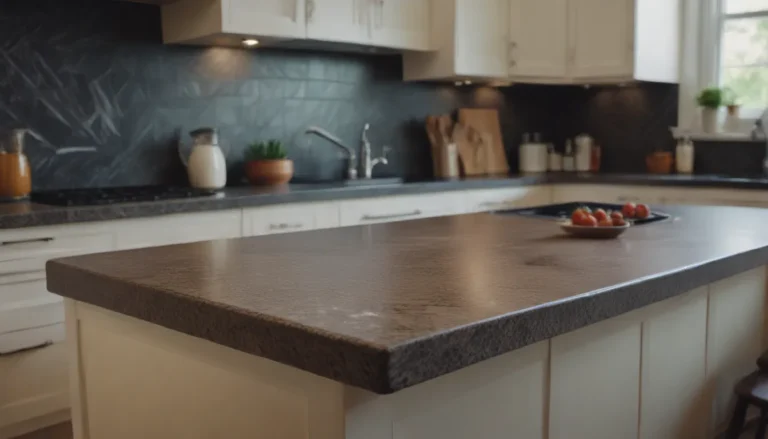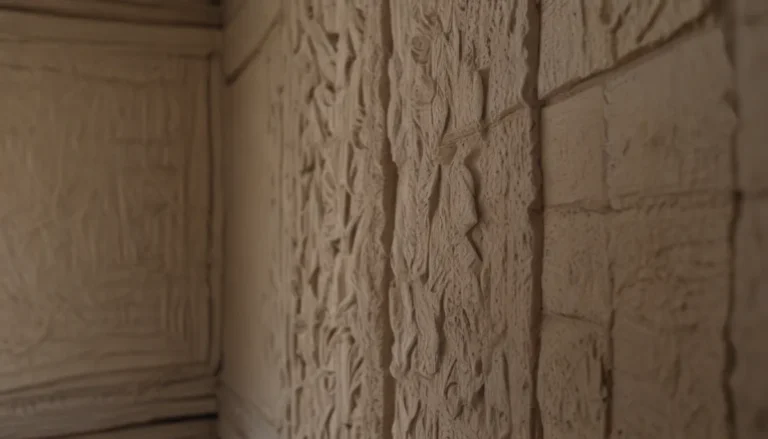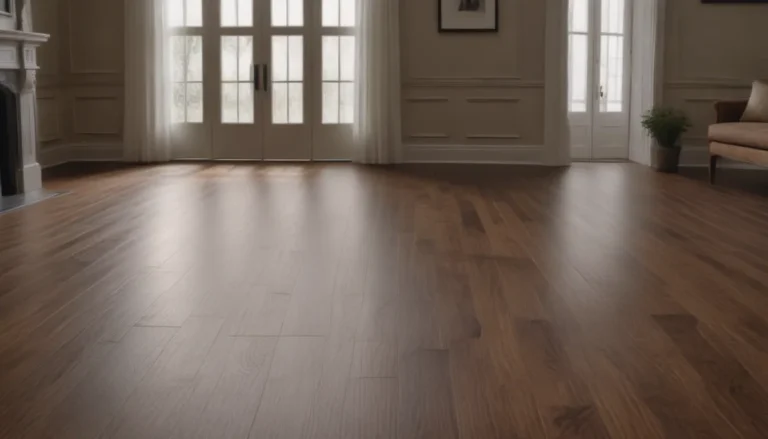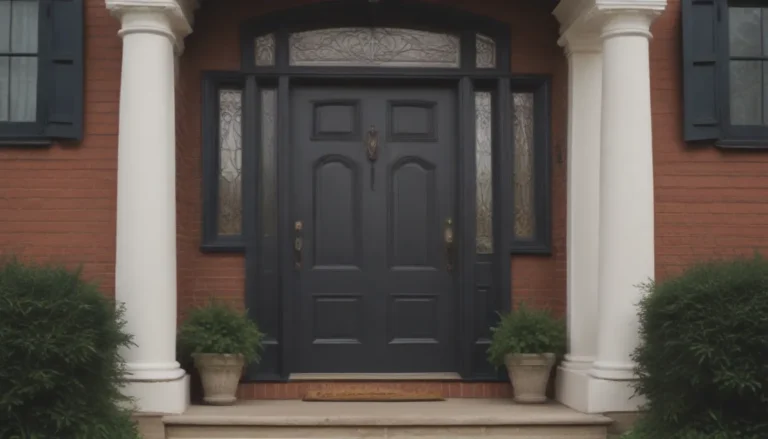Everything You Need to Know About French Drains
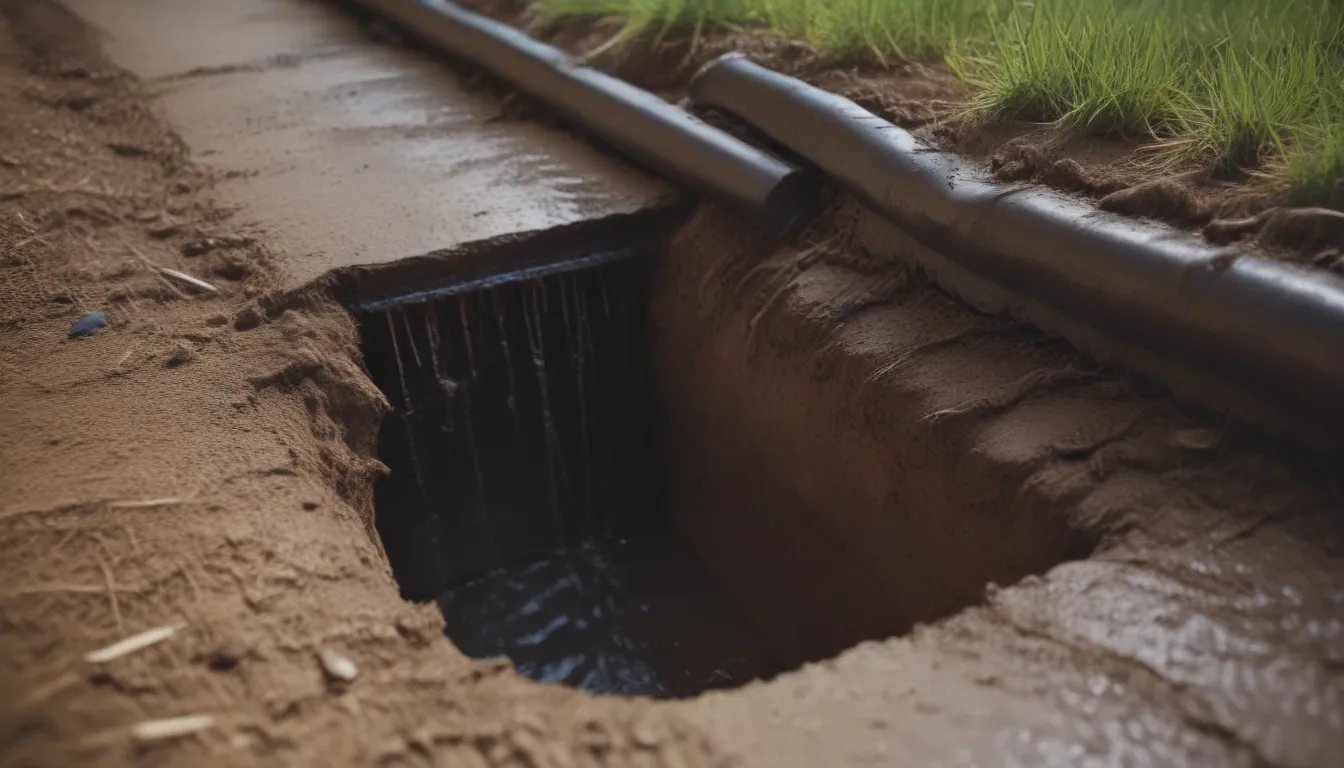
Are you dealing with a yard that turns into a muddy mess every time it rains? Or maybe you’re concerned about water pooling around the foundation of your home, leading to potential flooding and damage. If so, a French drain could be the solution you’ve been looking for. In this comprehensive guide, we’ll explore everything you need to know about French drains, from how they work to when to use them and the cost associated with installation. Let’s dive in!
Understanding French Drains: What Are They?
A French drain is a simple yet effective solution for redirecting water away from problem areas in your yard or around your home. The concept is straightforward: a trench is dug in the ground, filled with a perforated pipe wrapped in water-permeable fabric, and then covered with layers of stone or gravel. This system works by drawing water in from saturated soil and directing it away from your property to prevent flooding and water damage.
The History of French Drain Systems
The French drain system was originally detailed in an 1859 book by Henry French, a judge and farmer who sought to improve crop fields’ drainage and prevent flooding. Named after its creator, the French drain has since been widely used to address yard saturation issues and protect building foundations. This timeless design capitalizes on scientific principles to swiftly and efficiently drain excess water away from a location by utilizing gravity and the path of least resistance.
How Do French Drains Work?
A French drain provides a clear path for water to flow, preventing soil saturation and flooding. The hollow, perforated drainage pipe collects water from the ground and carries it to a designated drainage area, such as a municipal drain or a rain barrel. By wrapping the pipe in water-permeable fabric and covering it with stones or gravel, the system ensures that water can easily flow into the pipe and be directed away from the property. Proper installation is crucial, as the drainage pipe must be set at an angle to facilitate water flow and prevent buildup.
Benefits of Using French Drain Systems
French drains offer numerous benefits for homeowners facing water-related issues. Here are some common problems that can be addressed with a French drain:
- Recurring Flooding and Foundation Damage: Weeping tiles or interior French drains can protect basements from floods and foundation damage by diverting water from the foundation.
- Pooling Surface Water: French drains are ideal for addressing surface water pooling issues by providing a pathway for water to drain away.
- Retaining Walls Under Pressure: Installing a French drain can alleviate pressure on retaining walls caused by soil saturation, thus preserving their integrity during heavy rainfall.
When to Consider Installing a French Drain
Before embarking on a French drain installation project, it’s essential to determine when this solution is warranted. Here are some scenarios where a French drain may be beneficial:
- Recurring Flooding: If your yard or basement experiences frequent flooding, a French drain can help prevent water damage.
- Pooling Water: If water accumulates in certain areas of your yard, a French drain can effectively redirect it to a drainage point.
- Retaining Wall Pressure: To protect retaining walls from soil saturation and erosion, consider installing a French drain to draw excess water away.
Cost Considerations for French Drain Installation
While the DIY route is an option for installing a French drain, many homeowners opt to hire professionals to ensure a successful outcome. The average cost of professional installation ranges from $5,000 to $18,000, depending on the type and scope of the project. Factors such as the length of the drainage trench and the type of system (exterior vs. interior) can impact the overall cost. It’s essential to weigh the expense against the potential benefits and long-term savings that a French drain can provide.
DIY Installation of a French Drain
For those inclined to tackle the project themselves, installing a French drain can be a fulfilling and cost-effective endeavor. Basic DIY skills are required, along with a willingness to put in some physical labor. Keep in mind that proper installation is crucial for the system to function effectively. If you’re experiencing issues with soil saturation, flooding, or foundation damage, a French drain could be the solution you’ve been searching for to safeguard your property.
In conclusion, French drains offer a versatile and efficient solution for managing excess water and preventing flooding. By understanding how they work, when to use them, and the cost considerations involved, homeowners can make informed decisions about implementing this valuable drainage system. Whether you choose to DIY or enlist professional help, a well-installed French drain can provide peace of mind and protect your property for years to come.
